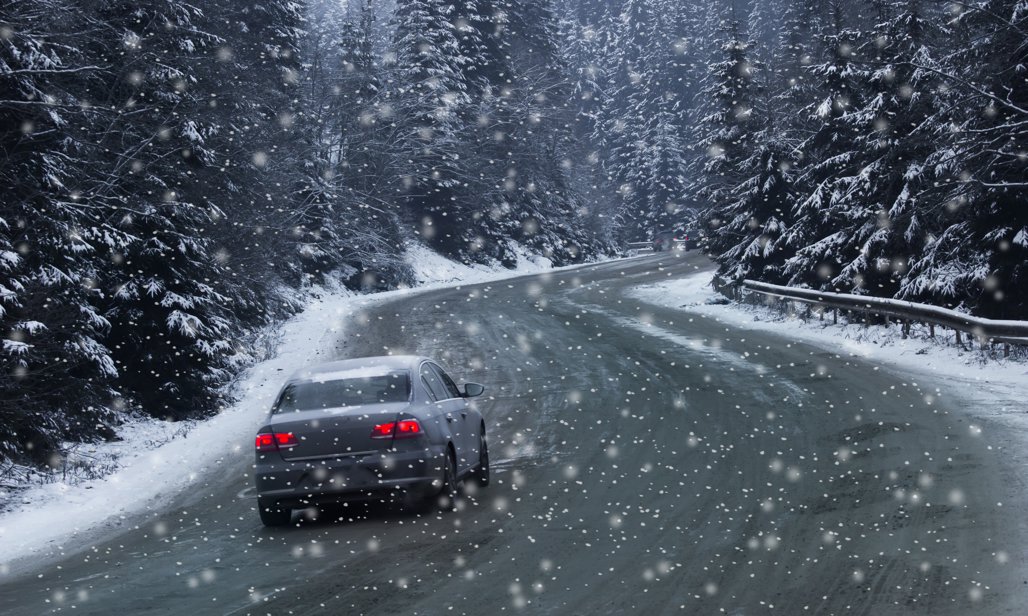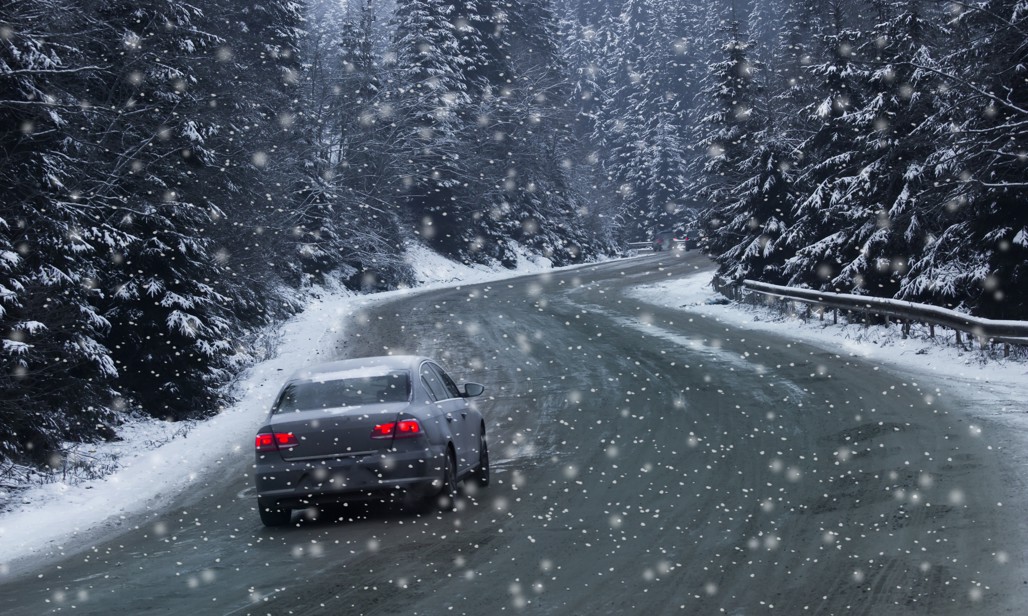As winter arrives and snow blankets the roads in many parts of the country, driving can become challenging and hazardous. Snow and ice can create slippery surfaces, reduce visibility, and increase stopping distances, making it crucial to practice safe driving techniques during snowy conditions. Whether you're a seasoned driver or a novice, these tips will help you stay safe on snow-covered roads.
Prepare your vehicle
Winter Tyres: Install winter tyres with good tread depth to improve traction and grip on snowy and icy surfaces. All-season tyres may not provide sufficient performance in severe winter conditions.
Check the Battery: Cold weather can drain your car's battery faster. Ensure your battery is in good condition and replace it if needed.
Antifreeze and Windshield Washer Fluid: Top up the antifreeze to prevent engine freezing and use windshield washer fluid designed for freezing temperatures.
Plan Ahead
Check Weather Conditions: Before embarking on a journey, check weather forecasts to be aware of any potential snowstorms or icy conditions along your route.
Allow Extra Time: Snowy roads can slow down traffic significantly. Plan your trip with extra time in mind to avoid rushing and reduce stress.
Tell Someone Your Plans: If you're taking a long trip in snowy conditions, let someone know your intended route and expected arrival time.
Drive Slowly and Smoothly
Reduce Speed: Drive at a speed suitable for the road conditions. Reduce your speed to account for slippery surfaces and limited visibility.
Increase Following Distance: Allow extra space between your vehicle and the one in front of you. Stopping distances are longer on snow and ice.
Braking: Use gentle and steady pressure on the brake pedal. If your vehicle has an anti-lock braking system (ABS), apply constant pressure and steer in the direction you want to go during emergency braking.
Acceleration: Apply slow and steady pressure on the accelerator to avoid wheel spin.
Steering: Make smooth and deliberate steering movements to maintain control. Avoid oversteering or jerky turns.
Pay Attention to Road Conditions
Black Ice: Be cautious of black ice, a transparent layer of ice on the road that can be extremely slippery. It often forms on bridges and overpasses.
Shaded Areas: Shaded parts of the road might not receive direct sunlight, leading to ice patches that persist even after other areas have melted.
Snowplows: Give snowplows plenty of space to do their work. Avoid passing them unless it's safe and necessary.
Visibility Matters
Clear Snow Off Your Vehicle: Before driving, ensure all windows, mirrors, lights, and the roof of your vehicle are clear of snow and ice.
Headlights: Keep your headlights on at all times, especially during reduced visibility conditions, to make your vehicle more visible to others.
Be Cautious on Hills
Climbing Hills: Gain some momentum before reaching a hill, then reduce your speed and maintain a steady pace as you ascend.
Descending Hills: Reduce your speed before descending a hill and use engine braking or light brake application to control your speed.
Know When to Stay Home
If the weather forecast predicts severe snowstorms, consider postponing your travel plans until conditions improve.
If you're not comfortable driving in snow or lack experience, it's best to avoid unnecessary risks and stay off the road.

